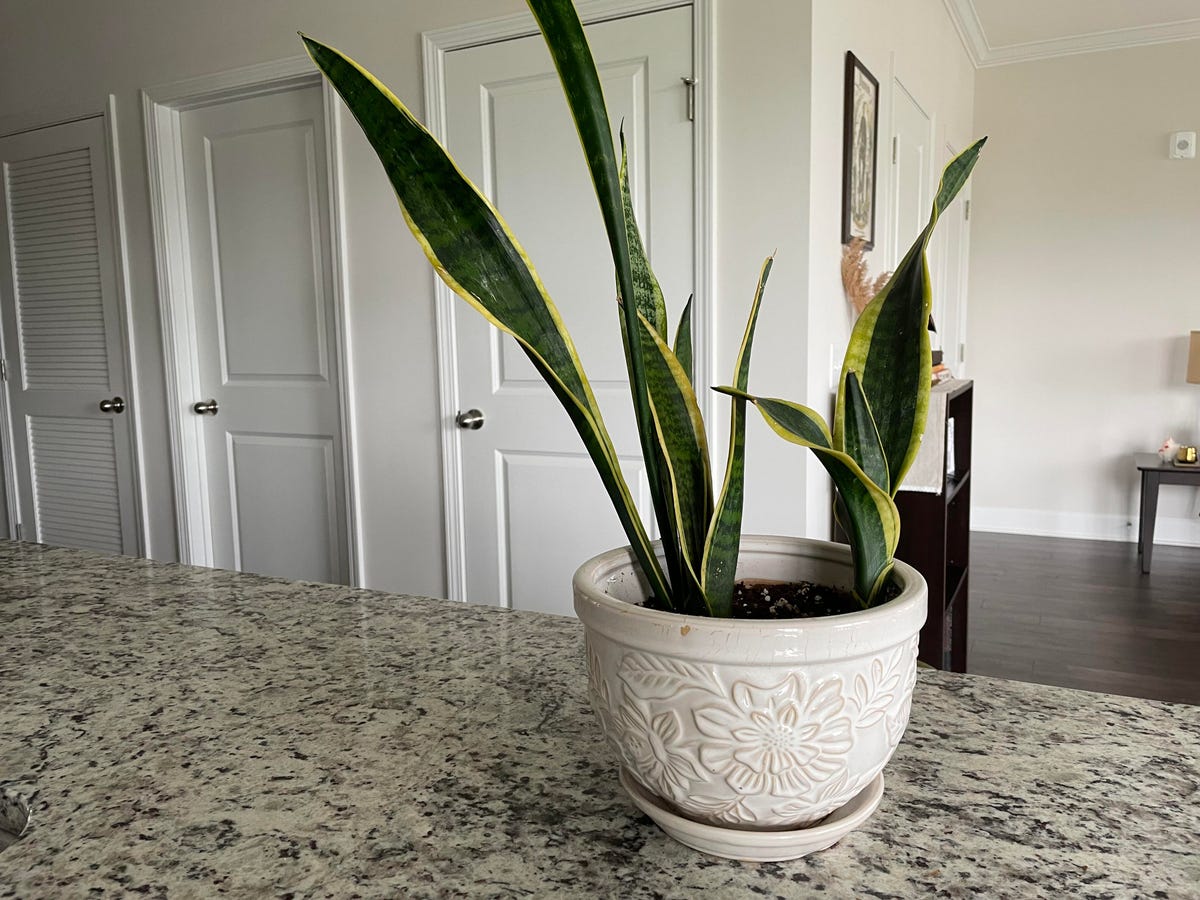This story is part of Home Tips, CNET’s collection of practical advice for getting the most out of your home, inside and out.
Plants can make your home feel, well, homier. But if you’re a houseplant novice, keeping them alive can feel daunting. After all, they can’t tell you what they want or need, and a few browned-out plants are enough to make anyone feel like the angel of death to anything green and leafy.


Fortunately, there are some approaches you can take to increase your odds of keeping your plants happy and healthy — and a few bits of houseplant philosophy to help you along the way. Part of the key here is making sure you’re putting your plants in the right place.
For one, even though it’s a bummer, you’re probably going to kill a few plants. There’s a certain amount of trial and error that comes with learning about plants that’s unavoidable. Some plants are trickier than others, and often blanket advice falls short.
It’s also important to remember that as easy as it is to view plants as decorative items to add some interest to a space, they’re living things with needs — chiefly, metabolic needs. Think about what you learned back in school way back when. Plants make food through a process called photosynthesis. That means they require the energy from the sun to take carbon dioxide and water and turn them into sugars and oxygen. The oxygen gets released into the air, and the sugars are what the plant uses for food.
Here’s what to know about where you should (and shouldn’t) be placing your leafy friends. You can also check out four easy ways to keep your plants alive while you’re traveling and how to grow your own herbs at home.
Read more: The Best Places to Buy Plants Online
Bright windows, dark corners
Whatever kind of plant you have, you’re going to be chasing a balance between the amount of water and sunlight you give it, according to what the plant needs. This means that not every plant wants to sit in the direct light of a sunny window, and not every plant can handle being placed in a dim corner. Some plants need water often — others can go without for longer stretches. (For a more in-depth, no-nonsense dive into the science behind this, written by an engineer, The New Plant Parent by Darryl Cheng is a great read.) Often when people talk about low-light plants, as Cheng writes, they mean plants that “starve gracefully.” Less light means less food. Some plants can keep appearances up for longer in spite of that.
When you buy a new plant, do some research on the environment it prefers, but also know you might have to make modifications.
For lots of folks getting started with houseplants, there’s a certain appeal to low-light plants. They seem harder to kill, they don’t need copious amounts of light — though it’s important to remember that low-light doesn’t mean no light.
Here are a few suggestions for plants that don’t need to sit in your sunniest window.
Snake plant


This snake plant hangs out in the bright, indirect light of my living room.
Erin Carson/CNETSnake plants (there are many varieties) are sturdy plants whose leaves grow vertically from the ground. The leaves are somewhat stiff and the plant generally grows slowly, particularly in lower light. This one isn’t going to wilt. The great thing about snake plants is they can deal with a range of lighting situations, all the way up to full sun. They also prefer drier soil, which means you’re going to water them less frequently. Admittedly, many folks may struggle with overwatering if they’re newer to the plant world. Still, it’s hard to say water your plant a certain amount of times per month. I keep my 4-year-old snake plant a few feet from a window in a room that’s generally bright, and I water it once a week.
Pothos


There’s a pot buried under the vines.
Erin Carson/CNETPothos is a classic house plant. It’s a vine, so it can get long, and you can let it hang down from its pot, if you want. This is another that can get by with lower light, but again keep in mind that lower light means it won’t grow as much. That said, you’ll probably want to avoid putting your pothos in direct light. It likes moist soil. One way I’ve learned to tell if my pothos is happy is if the leaves look and feel springy and perky.
Coffee plant


This coffee plant looks perky after being watered.
Erin Carson/CNETI wouldn’t call a coffee plant a low-light plant, but it’s definitely not one that will enjoy the pounding sun of a window sill. Bright, indirect light suits a coffee plant much better. Keep your coffee plant’s soil moist, but don’t drown it. One quirk of the coffee plant that I’ve come to appreciate is its drama — if it needs water, the leaves will droop, but they’ll bounce back relatively quickly after you give it a good drink. Ideally, it won’t have to droop to let you know it’s thirsty — but at least it’ll give you some clear communication if you forget.
For more plant tips, check out CNET’s picks for the best garden and seed delivery services, and how to plant a tree the right way.

